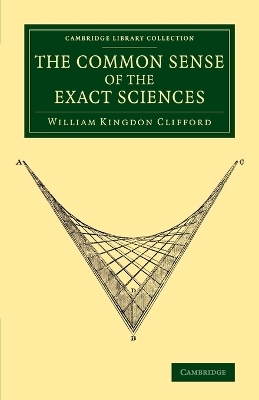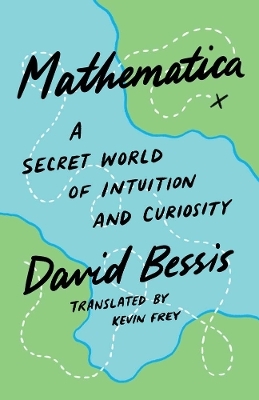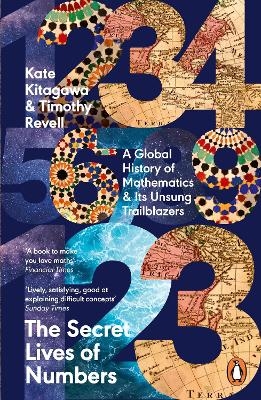
The Common Sense of the Exact Sciences
Seiten
2014
Cambridge University Press (Verlag)
978-1-108-07712-5 (ISBN)
Cambridge University Press (Verlag)
978-1-108-07712-5 (ISBN)
The mathematician William Kingdon Clifford (1845–79) intended this work to be intelligible to non-specialists. Unfinished at his death, the book was completed by Karl Pearson and published in 1885. It explores five fundamental areas of mathematics - number, space, quantity, position and motion - delivering several original results along the way.
A student of Trinity College and a member of the Cambridge Apostles, William Kingdon Clifford (1845–79) graduated as second wrangler in the mathematical tripos, became a professor of applied mathematics at University College London in 1871, and was elected a fellow of the Royal Society in 1874. The present work was begun by Clifford during a remarkably productive period of ill health, yet it remained unfinished at his death. The statistician and philosopher of science Karl Pearson (1857–1936) was invited to edit and complete the work, finally publishing it in 1885. It tackles five of the most fundamental areas of mathematics - number, space, quantity, position and motion - explaining each one in the most basic terms, as well as deriving several original results. Also demonstrating the rationale behind these five concepts, the book particularly pleased a later Cambridge mathematician, Bertrand Russell, who read it as a teenager.
A student of Trinity College and a member of the Cambridge Apostles, William Kingdon Clifford (1845–79) graduated as second wrangler in the mathematical tripos, became a professor of applied mathematics at University College London in 1871, and was elected a fellow of the Royal Society in 1874. The present work was begun by Clifford during a remarkably productive period of ill health, yet it remained unfinished at his death. The statistician and philosopher of science Karl Pearson (1857–1936) was invited to edit and complete the work, finally publishing it in 1885. It tackles five of the most fundamental areas of mathematics - number, space, quantity, position and motion - explaining each one in the most basic terms, as well as deriving several original results. Also demonstrating the rationale behind these five concepts, the book particularly pleased a later Cambridge mathematician, Bertrand Russell, who read it as a teenager.
Preface; 1. Number; 2. Space; 3. Quantity; 4. Position; 5. Motion.
| Reihe/Serie | Cambridge Library Collection - Physical Sciences |
|---|---|
| Mitarbeit |
Sonstige Mitarbeit: Karl Pearson |
| Zusatzinfo | 100 Line drawings, unspecified |
| Verlagsort | Cambridge |
| Sprache | englisch |
| Maße | 140 x 216 mm |
| Gewicht | 370 g |
| Themenwelt | Mathematik / Informatik ► Mathematik ► Geschichte der Mathematik |
| ISBN-10 | 1-108-07712-9 / 1108077129 |
| ISBN-13 | 978-1-108-07712-5 / 9781108077125 |
| Zustand | Neuware |
| Haben Sie eine Frage zum Produkt? |
Mehr entdecken
aus dem Bereich
aus dem Bereich
a secret world of intuition and curiosity
Buch | Hardcover (2024)
Yale University Press (Verlag)
CHF 45,80
a global history of Mathematics & its Unsung Trailblazers
Buch | Softcover (2024)
Penguin Books Ltd (Verlag)
CHF 22,65
Buch | Hardcover (2022)
Südverlag
CHF 33,90


